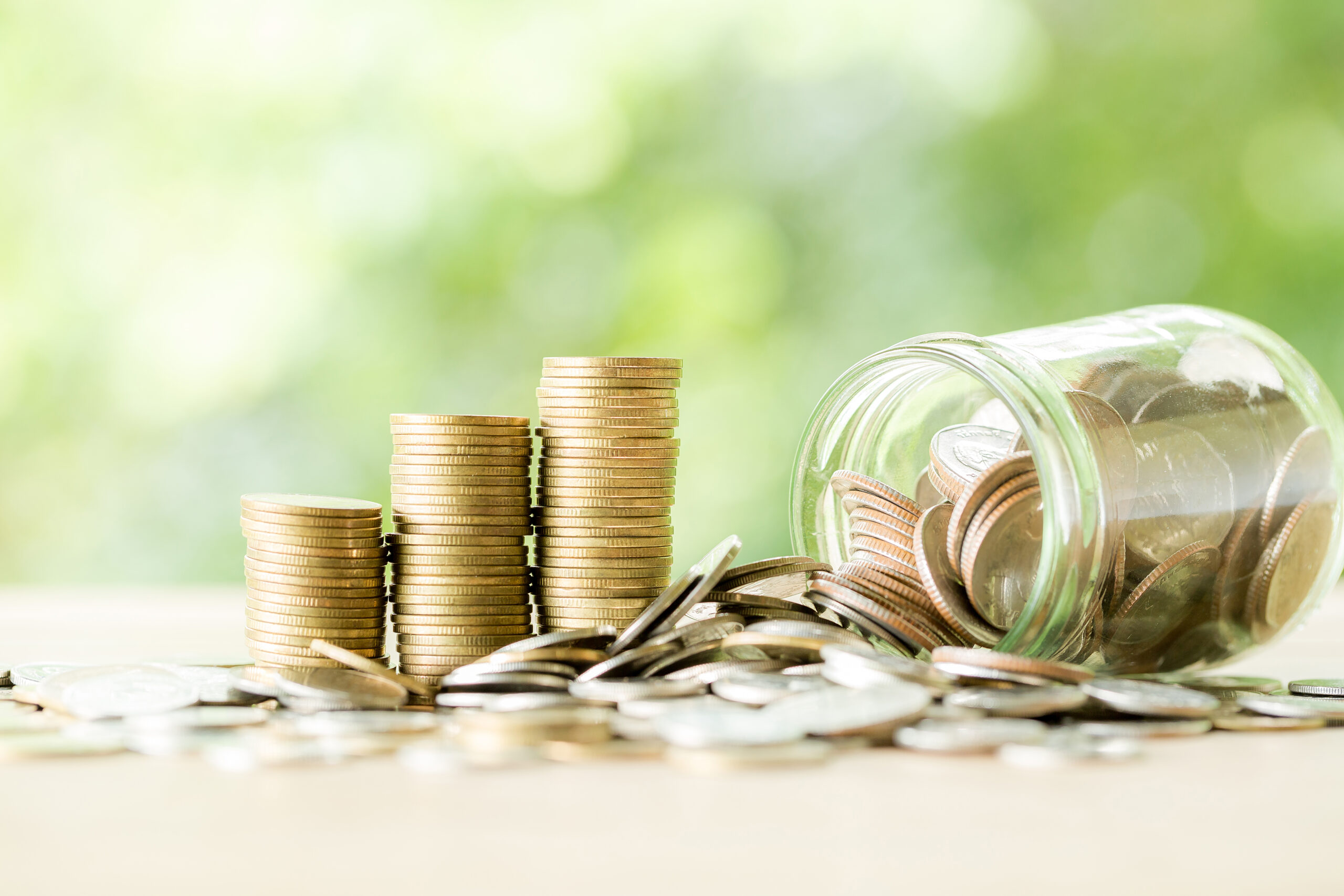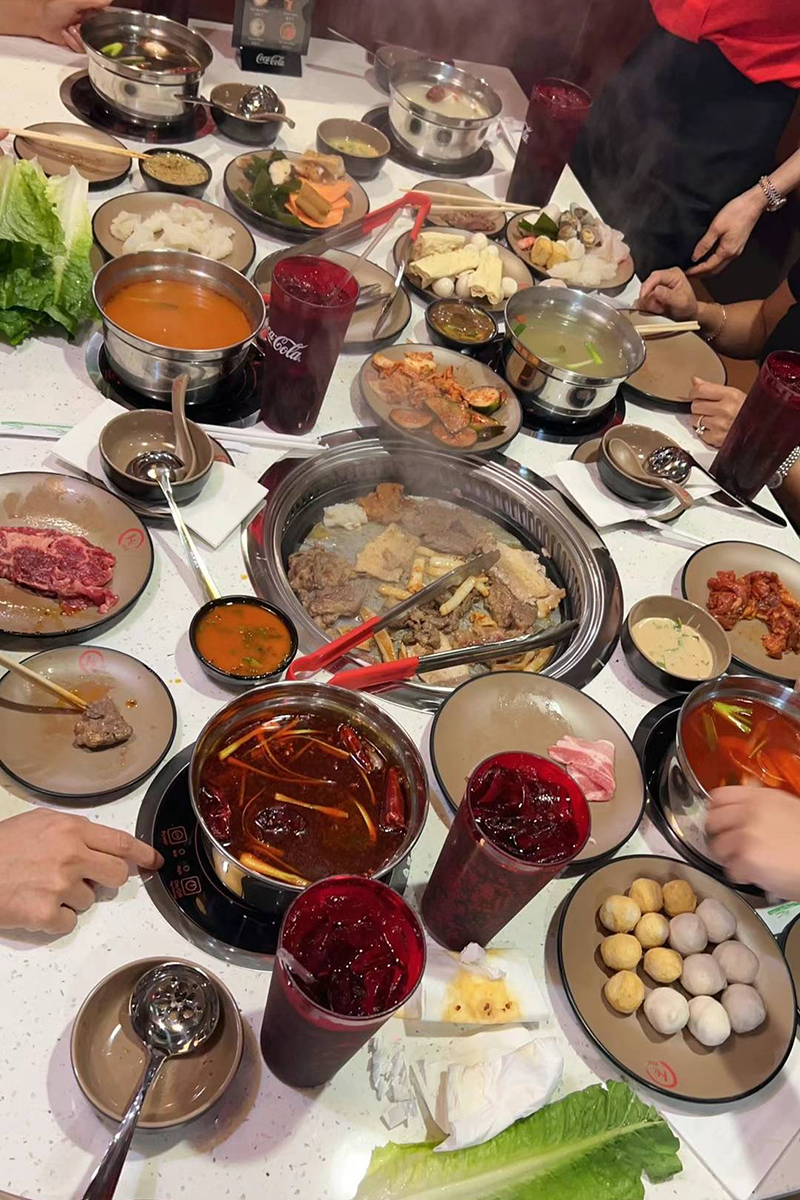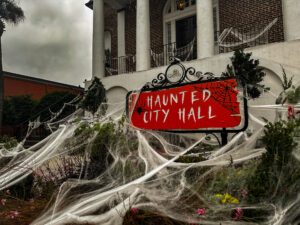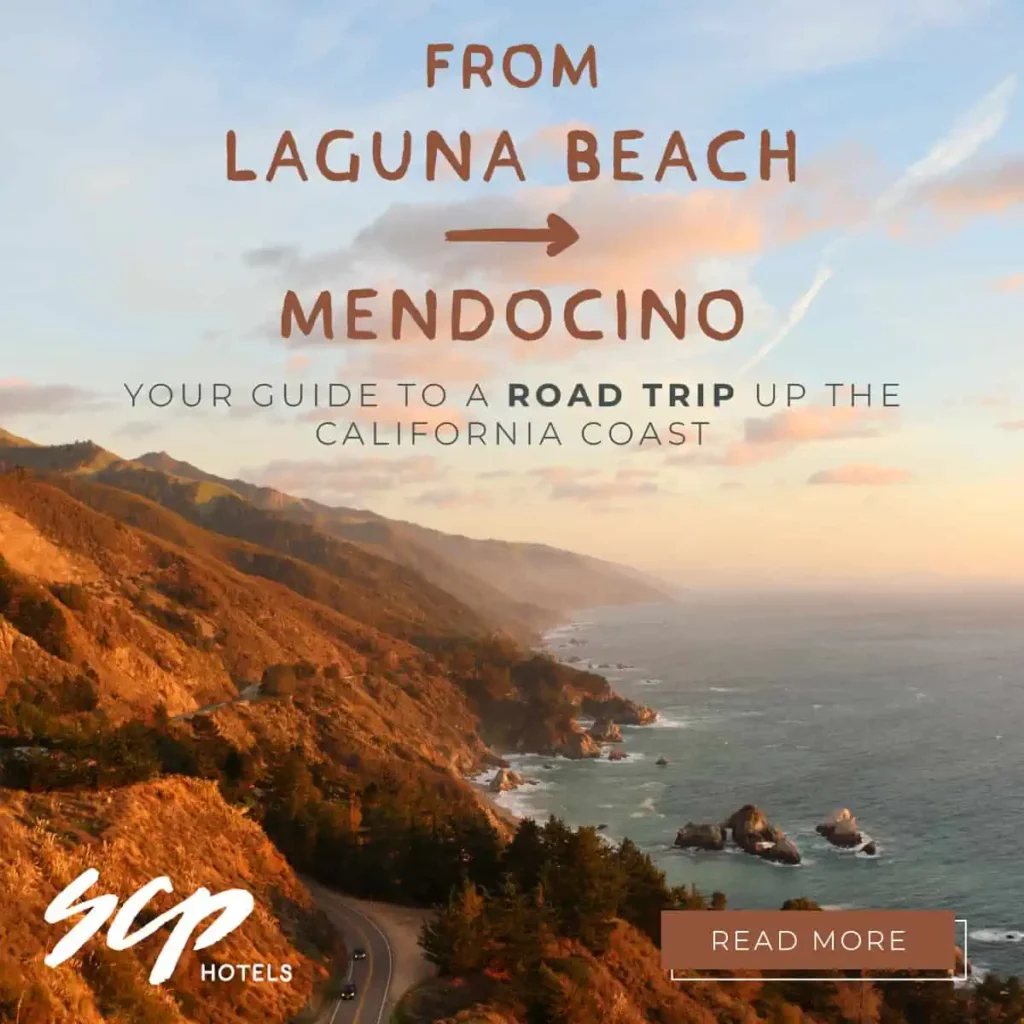by Kevin Gunn
If there is one thing that the COVID-19 pandemic has shown us, it’s that most Americans are not ready to weather the kind of economic storm we are facing without some level of assistance. Even with a roaring economy, the stats on the average American household are staggering. According to Forbes.com, 79% of families live paycheck to paycheck, and 53% of families have no financial emergency fund to speak of.
This down time is the perfect opportunity to assess cash flow and expenditures with clarity, and make financial plans for the next time we find ourselves in this kind of economic shutdown. A great way to take control of your finances and feel confident in the event of a crisis is to create an emergency fund.
So, what is an emergency fund and how should you go about funding it? Based on most expert’s opinions, an emergency fund is an account that you set up with enough reserves to cover at least six months of expenses that are considered a necessity. What is defined as a necessity will vary from person to person. What follows are some helpful tips on how to get yourself set up to begin.
First, determine the amount of money you need per month to pay your core bills and basics. These are things like rent/mortgage payment, car, insurances, phone, and any other regularly occurring bills. Also, look at any regular payments you must make on credit card bills. Next, revisit receipts from food and pharmacy expenses, like takeout, groceries, prescriptions, and other essentials like shampoo, soap, toothpaste, etc.
To determine your spending patterns, tally up the total you spent in those categories for each month from the past four months. It is not realistic nor sage financial advice to plan for a stripped down version of the life you currently live. Instead, plan for the basics and allow for some flexibility of choice. You will feel much better both emotionally and psychologically, if you have a larger cushion rather than a smaller one.
Tally these numbers– you can take the average, or the highest dollar amount that you spent, whichever makes you feel more financially secure in the event of a crisis. Then multiply that number by 6. So if your necessary monthly bills come to $3,000 per month, then you need $18,000 in an emergency reserve account.
Second, set up a separate, and brand new account at the bank to be your designated emergency fund account. If it’s difficult for you to exercise financial restraint, or to not spend money when you have it, then open a separate account at a new bank. What’s important is that you have a separate account that is your back up, that you aren’t withdrawing money from except in the event of an emergency.
Third, set up automatic savings. You can easily set up for a portion of your salary or wages to automatically go into the new account on a date you specify. How much to deposit each month is up to you. But make it a number that is realistic for you to achieve so that you stick with it; at the same time, it should be a sizable enough amount that you’re making progress in safeguarding your future. By automating the savings, you take away the temptation of not following through.
The number you come up with as your emergency reserve amount may seem daunting. But remember saving is a gradual and continuous process, one in which you should pace yourself. If you follow history, you’ll notice that events like this seem to happen every ten years or so which gives you plenty of time to make the arrangements you need for the next time. With less options for entertainment, now is the perfect time to get your future emergency plan in place.




















